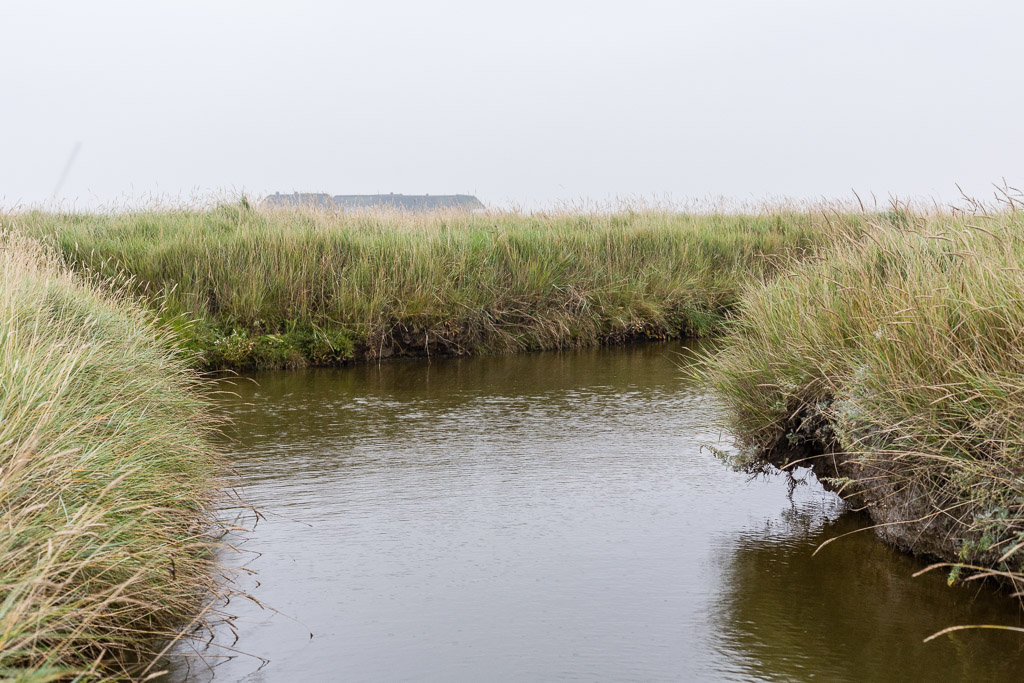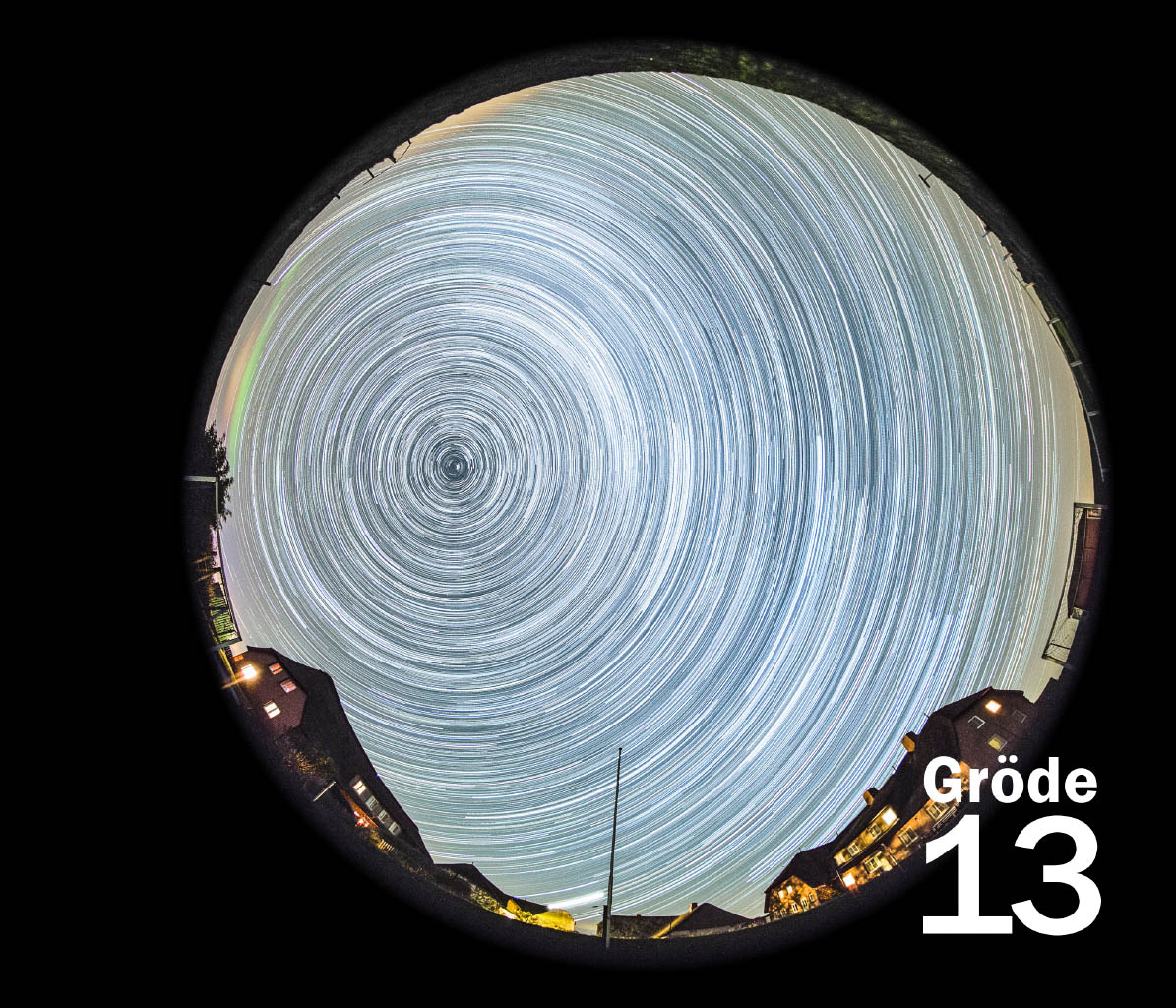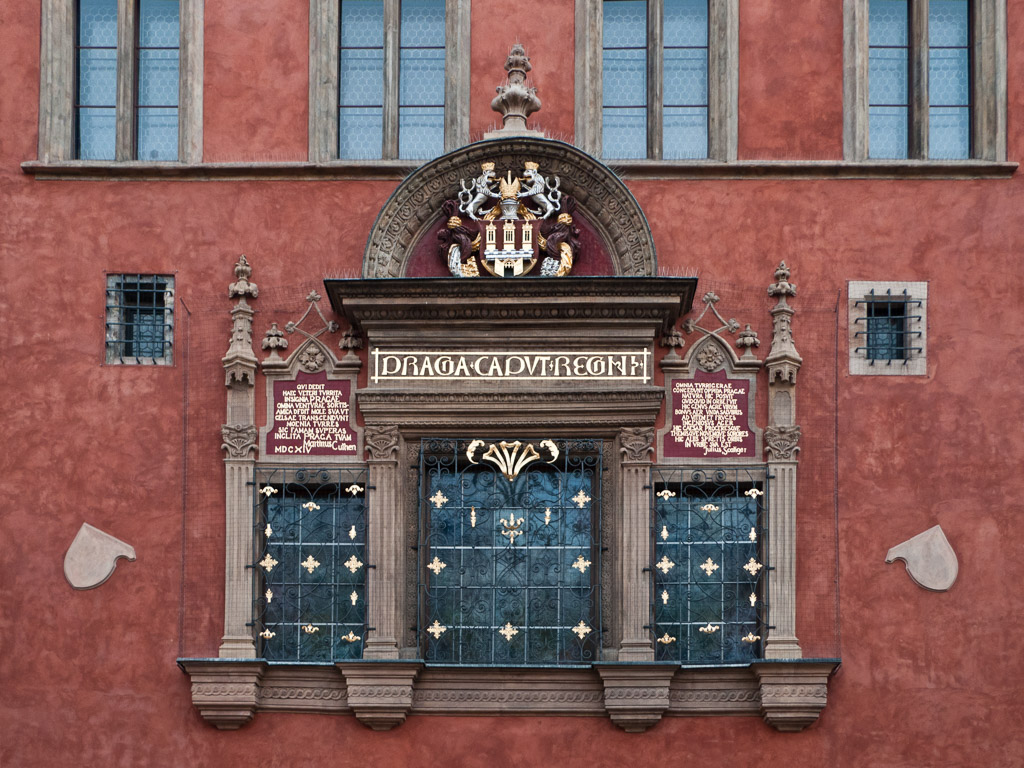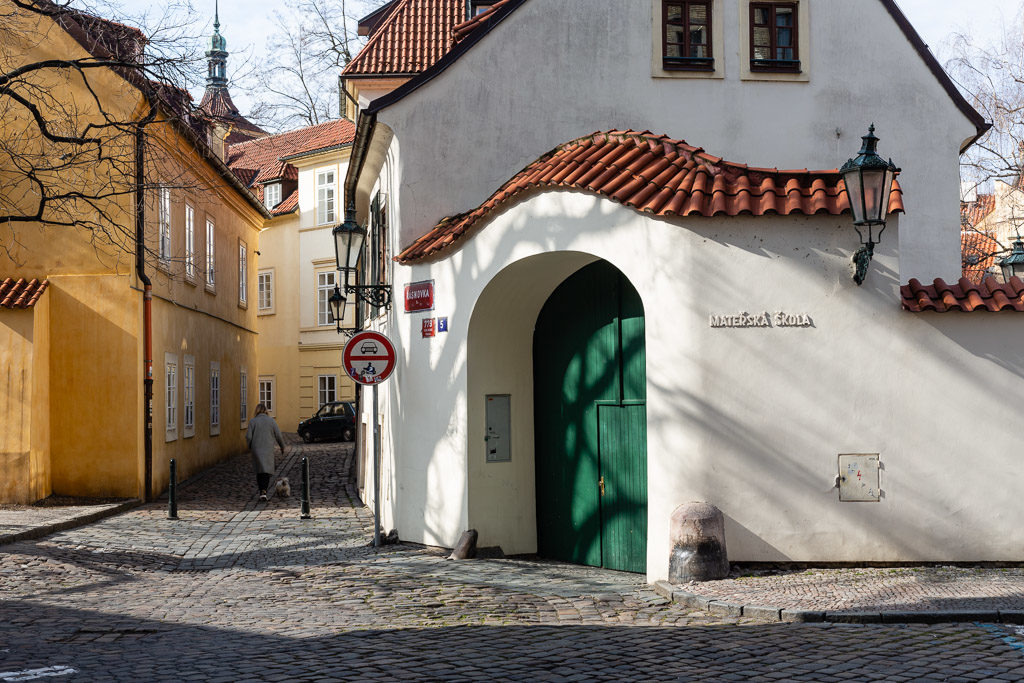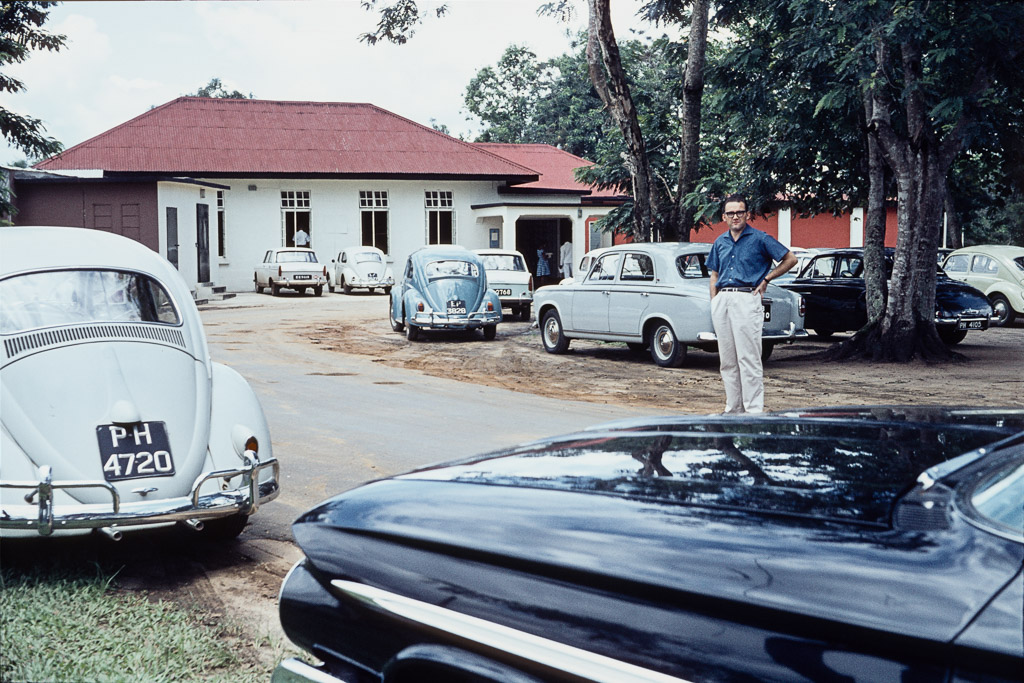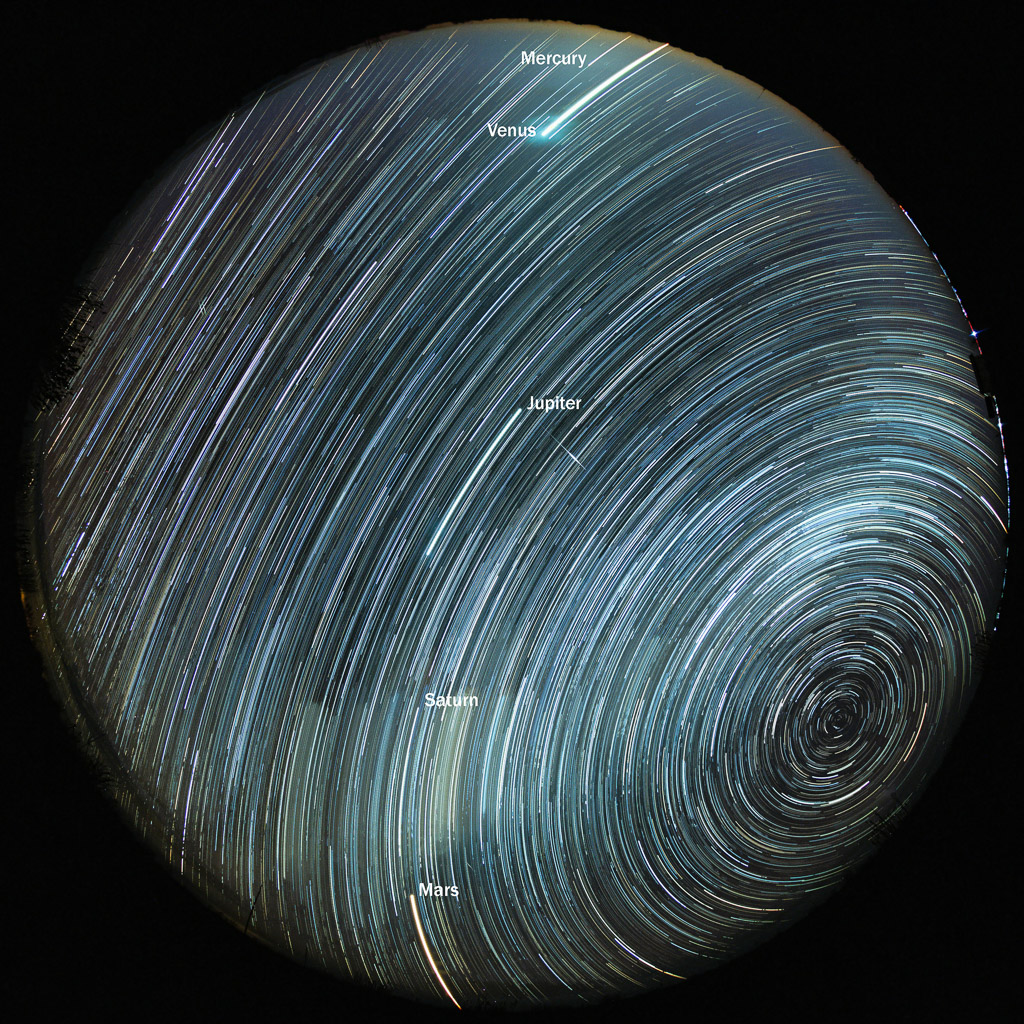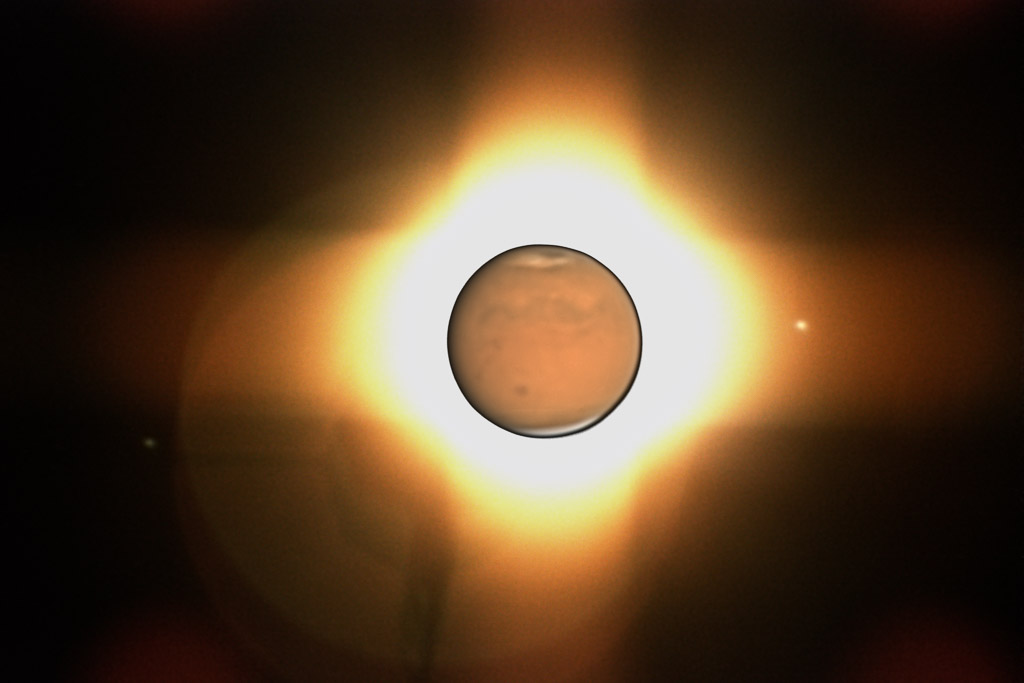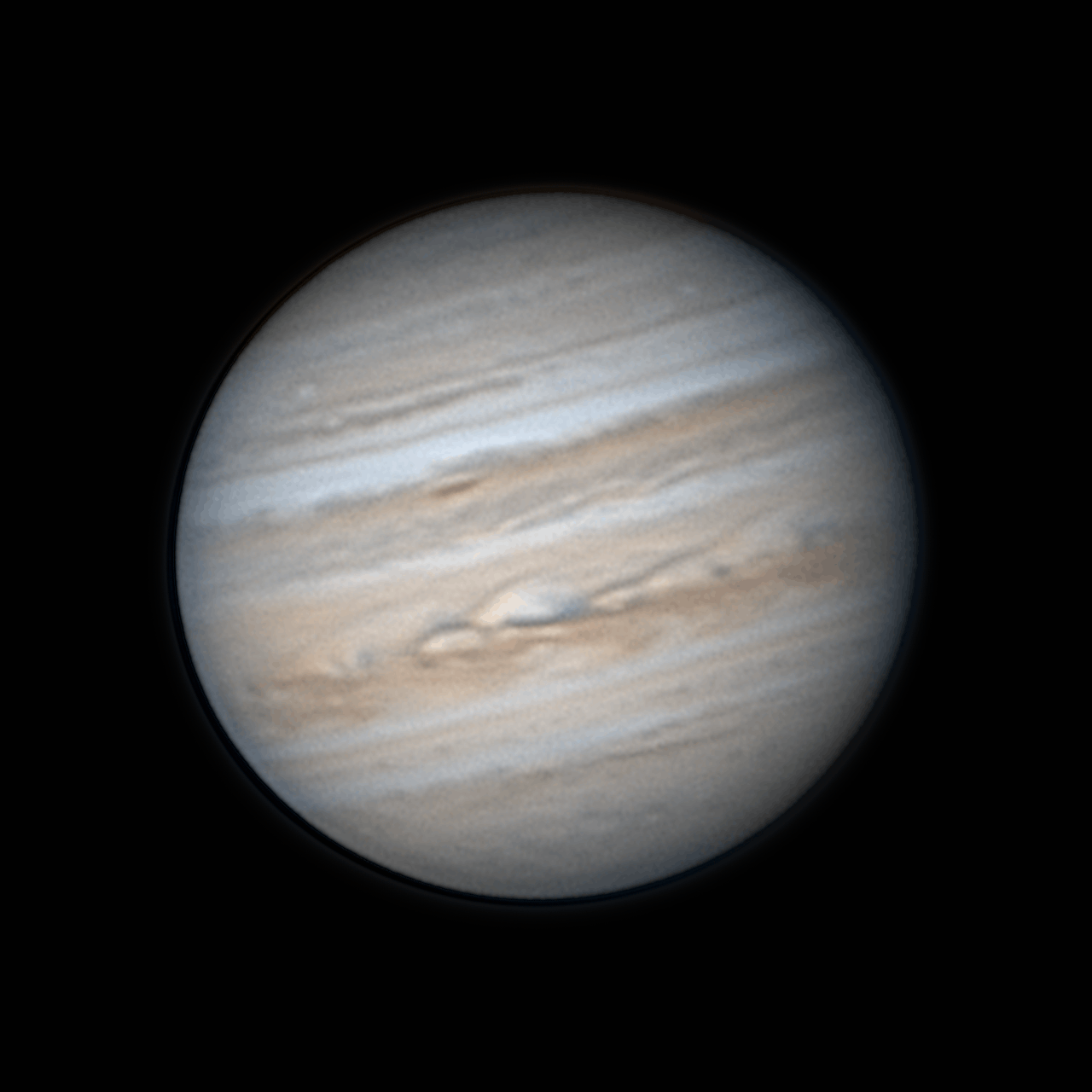Schon ein ganzes Weilchen her, unser letzter Besuch auf Hallig Gröde im Nordfriesischen Wattenmeer. Und so haben die Bilder aus dem Herbst 2015 lange ausharren müssen, bis sie jetzt hier im Album Hallig Gröde 2015 gelandet sind.
Author Archives: mj
Fotobuch Gröde 13
[Update mit überarbeiteter Version des Buchs.]
Seit längerer Zeit ist wieder ein Fotobuch fertig geworden, Gröde 13, eine Dokumentation unseres letzten Aufenthalts auf Hallig Gröde im Herbst 2015. Preview hier bei Blurb.
Night in Namibia
Night in Namibia from Martin Junius on Vimeo.
Neues Zeitraffervideo / new time-lapse video.
Special thanks to: Egbert, Susanne, Michael, Wolf, Irene, Ladi, Dennis, Karl, Waltraud, Friedhelm
Locations: Fish River Canyon, Quiver Tree Forest near Keetmanshoop, IAS Observatory Gamsberg, IAS Observatory Hakos and Hakos Astrofarm, Namibia
NGC 281 – Pacman Nebula
Die Aufnahme der Daten ist schon ein paar Tage her, aber jetzt ist das Ergebnis in einer ersten (tatsächlich schon zweiten ;-) Version fertig: Der Pacman-Nebal in Sternbild Kassiopeia. Mit allen Details und auch in groß bei Astrobin zu finden.
Technische Daten und der Workflow in PixInsight für die Bearbeitung finden sich hinter dem “Continue reading” Link.
Prag 2012
Noch etwas mehr Prag aus dem Archiv hier in der Galerie, ein paar Eindrücke von einer Geschäftsreise im April 2012.
Ein paar Tage in Prag
Vier Tage Prag, ab Ostermontag 2018, erstaunlicherweise fielen die richtigen Touristenhorden erst am Dienstag ein … das Album hier in der Galerie ist jetzt vollständig.
Port Harcourt, Nigeria 1963
Ein Griff in die Familienschatztruhe: 1963 hat mein mittlerweile verstorbener Vater Oswin Junius (auf dem Bild zu sehen) in einer Glashütte in Port Harcourt, Nigeria eine Industriesteuerung in Betrieb genommen. Dabei sind eine Reihe von Fotos entstanden, die ich während der letzten Monate gescannt habe.
Es handelt sich um den Diafilm Agfachrome CT 18, der nach so langer Zeit natürlich ziemlich gelitten hat. Beim Scannen und der Nachbearbeitung war also etwas Mühe notwendig, um zumindest halbwegs ansehbare Farben wiederherzustellen.
Auch aus heutiger Sicht gefallen mir viele Bildkompositionen sehr gut. Und eben zu dieser Zeit wurde wohl der Afrika-Virus eingefangen, der dann bei mir 50 Jahre später wieder virulent wurde.
Alle Bilder finden sich im entsprechenden Album unter Photography / Travel.
Trails of Five Planets
Mars with Phobos and Deimos
Jupiter Animation
Jupiter-Animation. Eigentlich gar nicht geplant, daher nur 5 Frames, aber schon sehr erstaunlich, wie rasant der Riesenplanet in nur 1/2h (!) rotiert.
Jupiter animation. Not really planned, thus only 5 frames. But really fascinating how fast this gas giant rotates in only half an hour!
IAS Observatory Hakos, Namibia
PK 20″ Cassegrain 4500mm, f/9 on Liebscher mount
ASI178MC with Televue Powermate 2,5x
Gain 220, 58ms, 20% out of 1000 frames each
Image acquisition in cooperation with Michael Mushardt
Image processing AutoStakkert! 3, PixInsight, Lightroom
